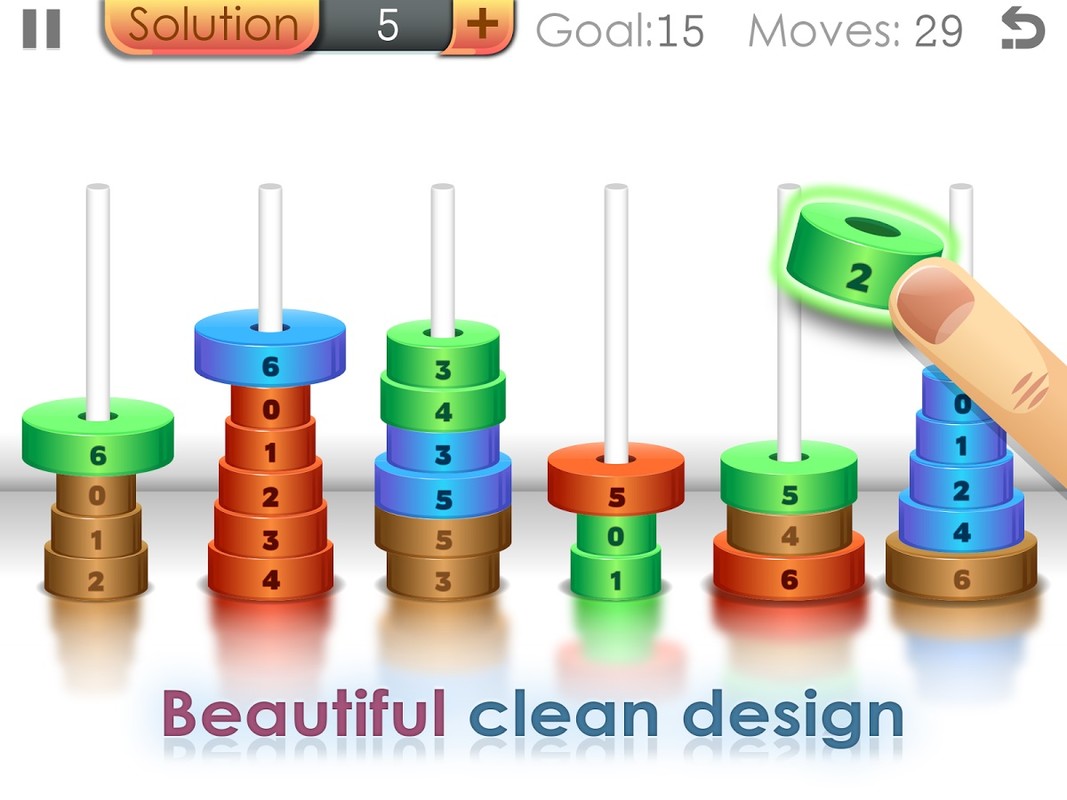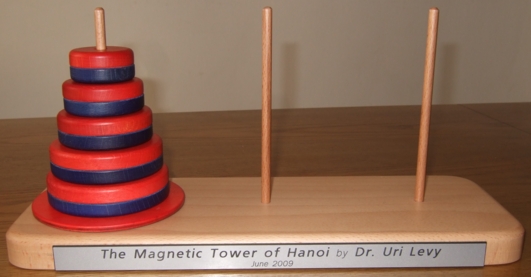

Lucas blev inspireret af et hinduistisk tempel såvel som dets oprettelseshistorie for at uddybe testets.

Denne test blev oprettet i 1883 af den franskfødte matematiker Edouard Lucas. Self. Testen måler nogle aspekter af udøvende funktioner, for at fuldføre det, skal personen forudse og løse det ukendte kognitivt, inden du foretager nogen bevægelse. Self.move(disc - 1, source, auxiliary, destination) Print("".format(source, destination))ĭef move(self, disc, source, destination, auxiliary): Note: There must be a termination condition in the recursion problems.ĭef printMove(self, source, destination):
In Backtracking we attempt solving a sub-problem, and if we don't reach the desired solution, then undo whatever we did for solving that sub-problem, and try solving another sub-problem ( Until we get to the goal). / C program for Tower of Hanoi/ /Application of Recursive function/ includeLet's suppose we have a problem A we subdivided it into B, C, and D. Recursion and backtracking: When a function calls itself, its called Recursion. (Breaking problem into smaller problems). Note: Tower of hanoi problem is an example of recursion and backtracking. Total move required to reach destination pillar is means if we have 3 disks we required (4 moves to reach destination pillar), if 4 disks 8 moves required and so on. Įventually, you figure out that there is some pattern to the puzzle and with each increment in disks, the pattern could be followed recursively. So, basically when we have 2 disks we required 3 move to reach the destination. Step3: Move small disk to the Destination pillar(B).4 Step2: Move large disk to the Destination pillar (B). Step1: Move small disk to the auxiliary pillar (A). An example of one problem is below: This specifies. Each problem is defined by a nested list structure, containing five parts. Making a set of new problems is fairly simple. Currently, there is only a random problem generator. (let's take a look how many steps/ moves are required to make this happen). The TOH is not as well developed as the Tower of London test, for which there are around 11 different run options. In the above diagram, following the rule of the game our target is move the disks from source pile (pillar) to the destination pillar. When we have two disk and 3 pillars (pile, A, B, C) So, here we are trying to solve that how many moves are required to solve a problem (It depends on number of disk).


 0 kommentar(er)
0 kommentar(er)
